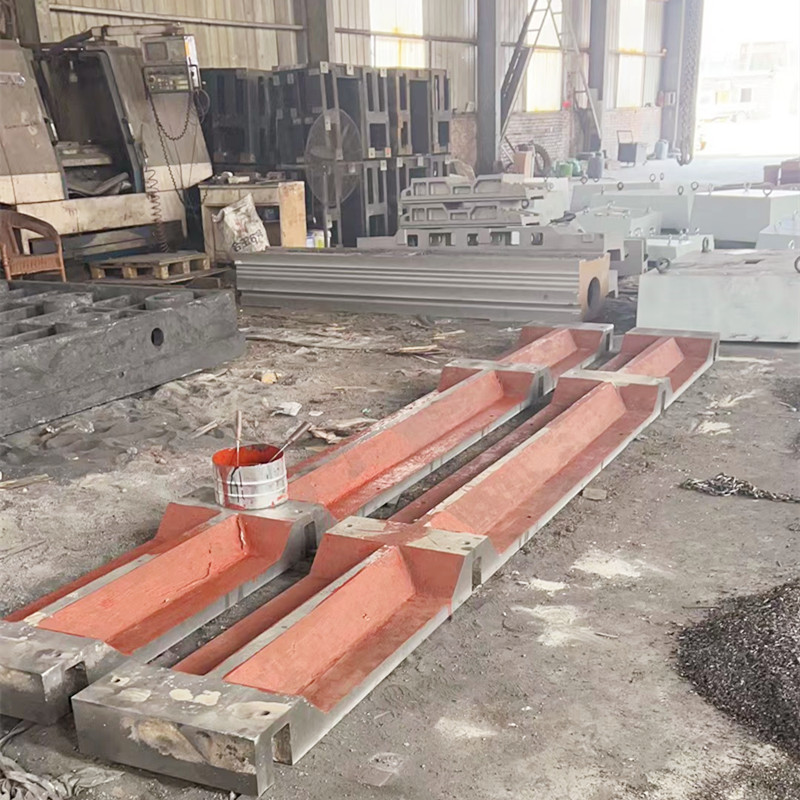اکتوبر . 31, 2024 17:13 Back to list
Creating a Custom DIY Welding Table for Your Home Workshop
Building a Home Welding Table A Comprehensive Guide
Creating a home welding table is an excellent project for any welding enthusiast, whether you're a beginner or a seasoned professional. A dedicated welding table provides a stable surface for your work and enhances safety and efficiency in your welding projects. In this article, we'll discuss the key considerations, materials, and steps needed to build your very own welding table.
Why a Welding Table?
A proper welding table offers several significant advantages. First and foremost, it ensures a flat, sturdy, and heat-resistant surface that can withstand the intense temperatures generated during welding. Moreover, a well-designed table can improve your workflow by providing sufficient space to organize your tools, materials, and workpieces. It can also include specific features like clamps, vices, or built-in storage, catering to your unique welding projects.
Key Considerations
1. Size and Height The dimensions of your welding table should be tailored to your specific needs. A typical table height is around 34 to 36 inches, which is comfortable for most users. Keep in mind the size of the projects you'll be working on; a larger table is ideal for big pieces, while a smaller table can suffice for detailed work.
2. Material Selection Common materials for welding tables include mild steel and stainless steel, with mild steel being more affordable and easy to weld. Consider using a 1-inch thick steel plate for the tabletop to ensure durability and stability. Additionally, a steel frame can provide extra support and weight to the structure.
3. Mobility Depending on your workspace, you might want a stationary table or a mobile one. If you choose a mobile design, adding wheels can enhance versatility, allowing you to move the table around your workshop as needed.
4. Safety Features Ensure that your table design minimizes the risk of tipping or collapsing. Consider adding safety features such as a lower shelf for storage, which can help prevent clutter that could result in accidents.
home built welding table

Step-by-Step Guide to Building Your Welding Table
1. Gather Materials Start by collecting your chosen materials. You'll need a steel plate for the top, steel tubing or angle iron for the frame, and welding supplies (welding machine, electrodes, etc.).
2. Cut the Steel Measure and cut your steel to the desired dimensions for the tabletop and frame components. Precision is critical here to ensure a flat tabletop.
3. Assemble the Frame Using your cut steel pieces, weld the frame together. Ensure it is square and balanced to support the tabletop adequately.
4. Attach the Top Once the frame is complete, carefully align and weld the steel plate onto the frame. This step is vital for ensuring stability and durability.
5. Finish and Optional Features After completing the primary structure, you can grind down any sharp edges and paint the table to prevent rust. If desired, you can install clamps or vices and even add drawers or shelving for extra convenience.
6. Final Inspection Once everything is assembled, inspect your work for any weaknesses or imperfections. Adjust as necessary to ensure safety and functionality.
Building a home welding table is not only a rewarding project, but it also enhances your welding experience significantly. With a little planning, the right materials, and some basic welding skills, you can create a workspace tailored to your needs, elevating your projects to a new level of professionalism and efficiency. Happy welding!
-
Heavy Duty Knife Gate Valve PerformanceNewsJul.25,2025
-
Choosing Between Gate and Globe Gate Valves for Optimal PerformanceNewsJul.25,2025
-
Cast Iron Y Strainer DurabilityNewsJul.25,2025
-
Ball Style Check Valve MaintenanceNewsJul.25,2025
-
Types of Strainer in Piping SystemsNewsJul.25,2025
-
The Role of Master Ring Gage in Quality Control SystemsNewsJul.25,2025
Related PRODUCTS









